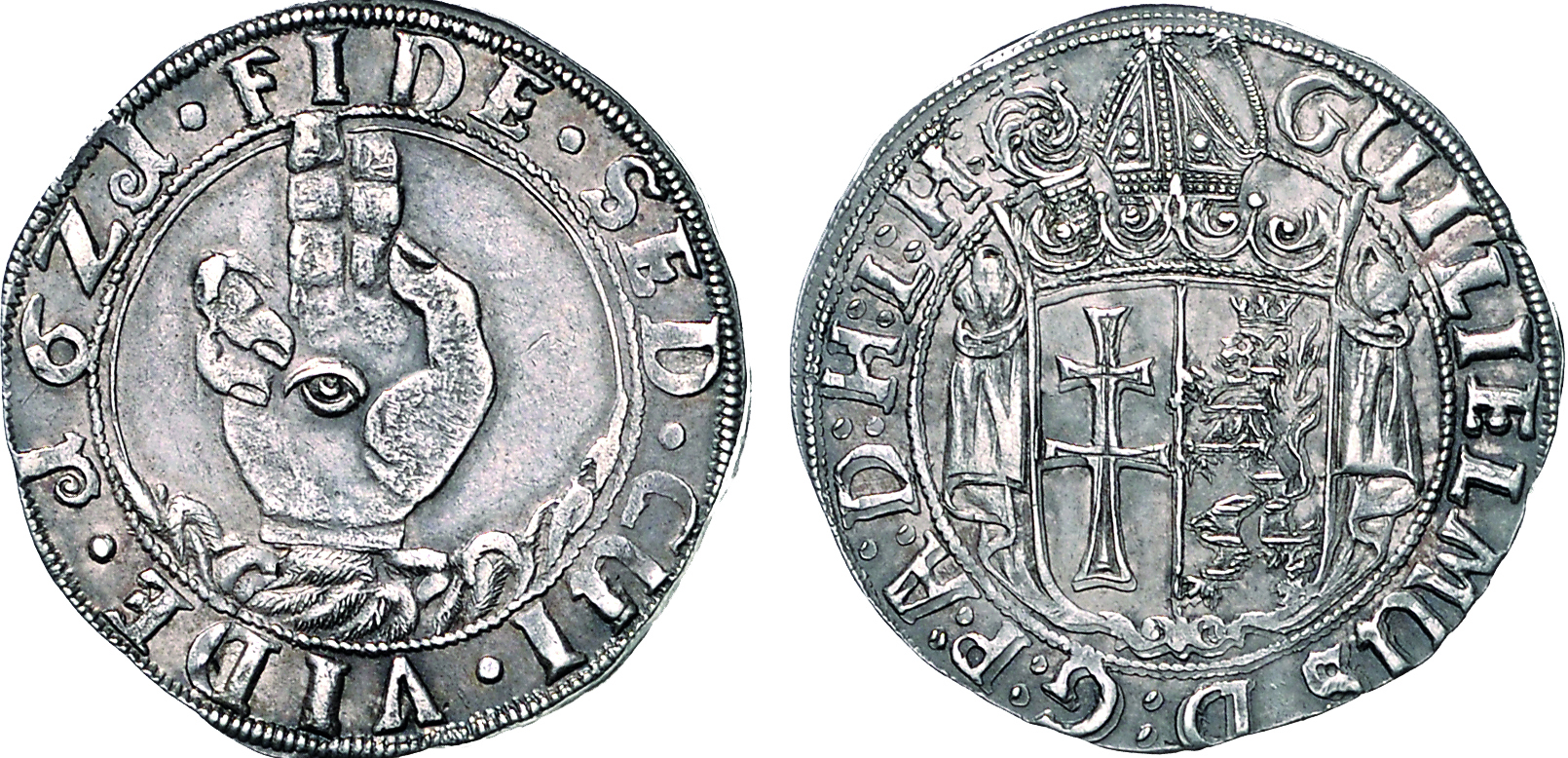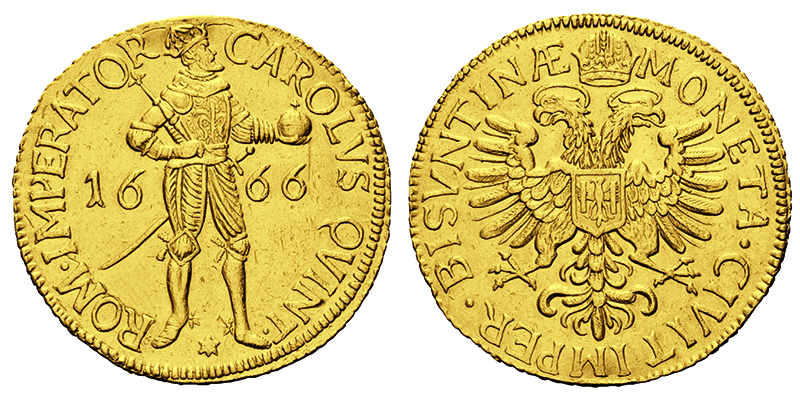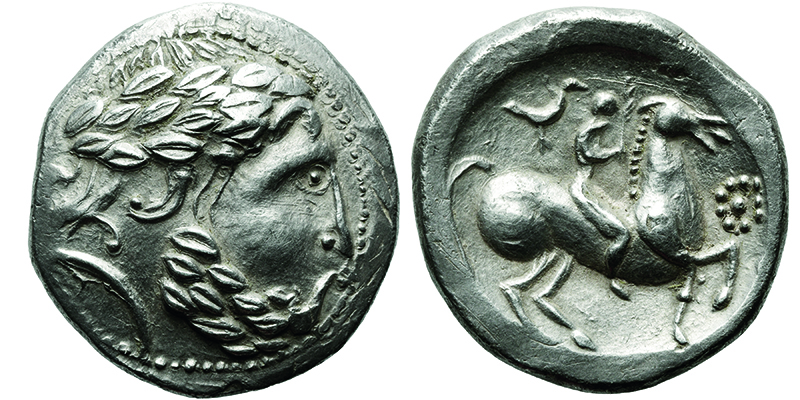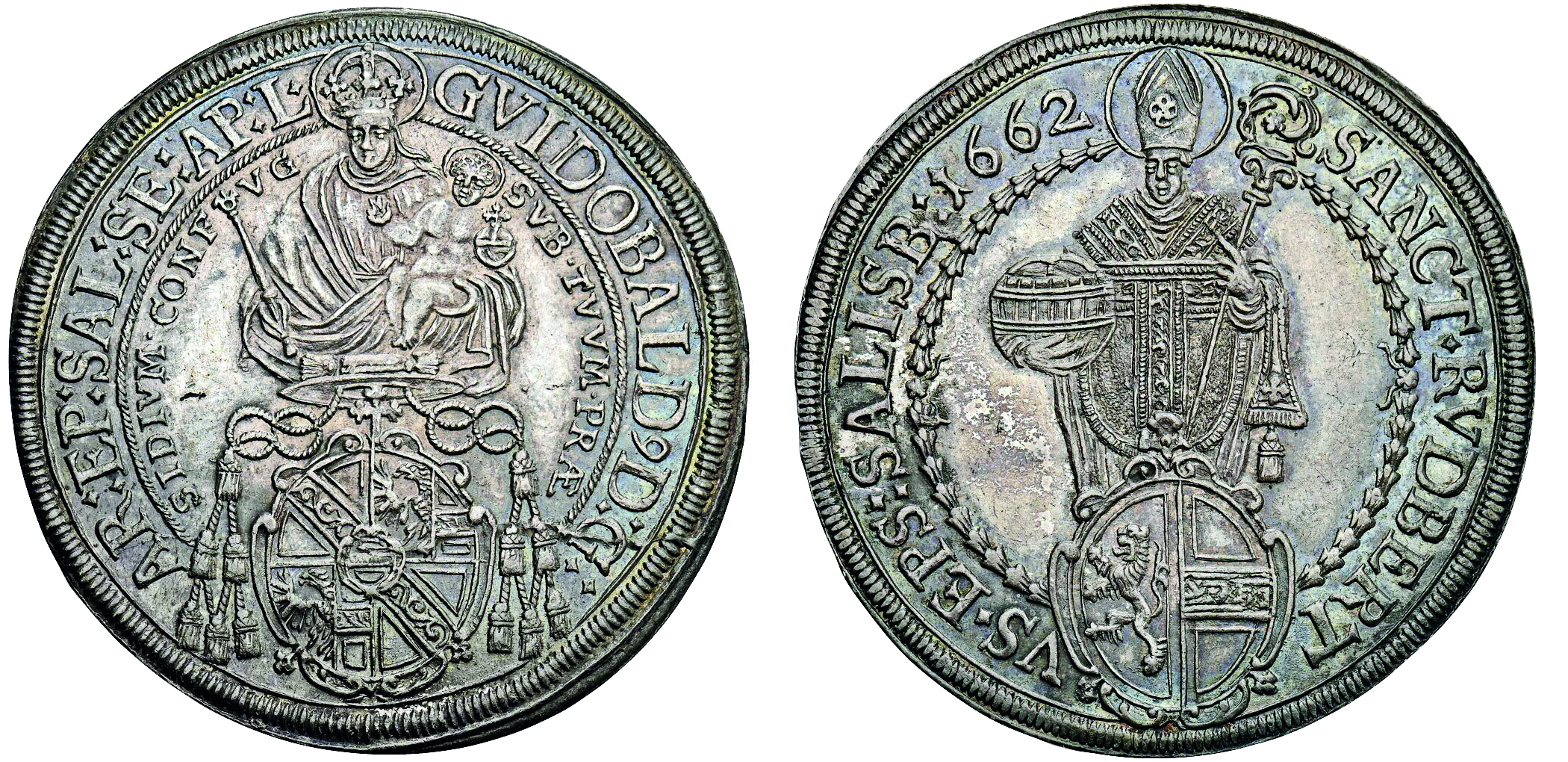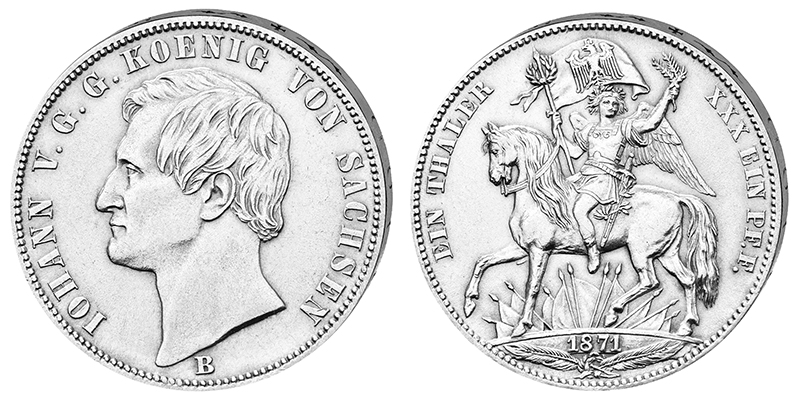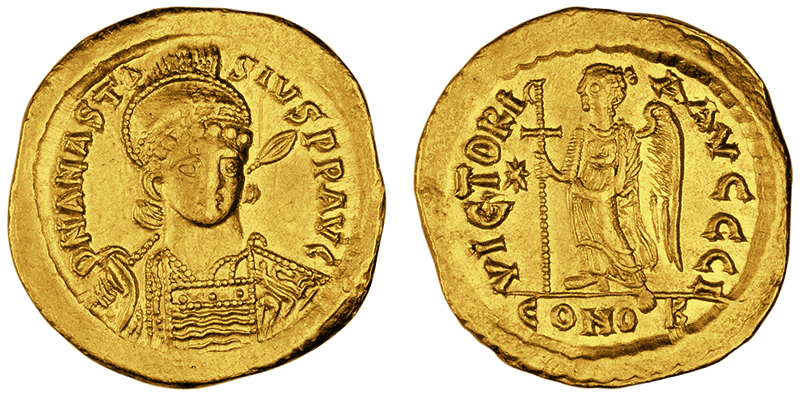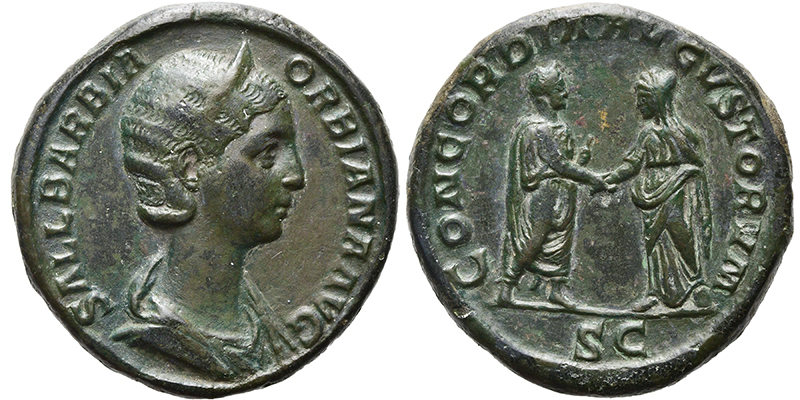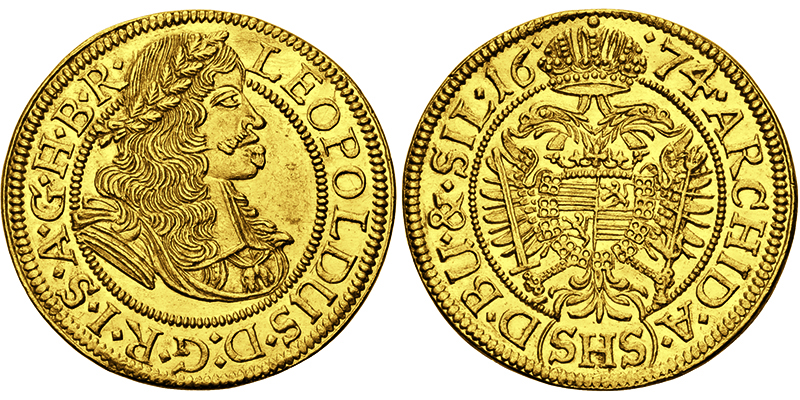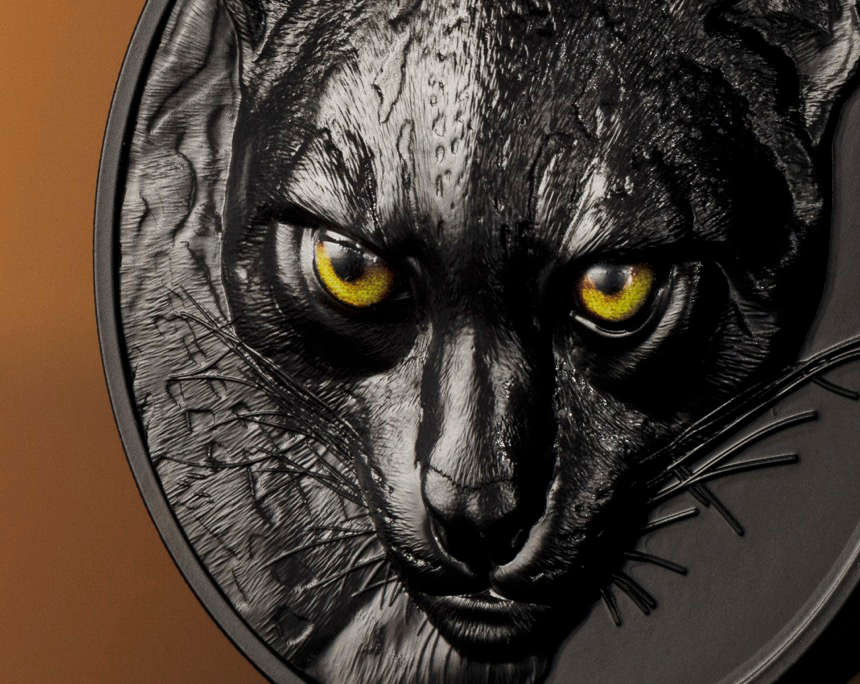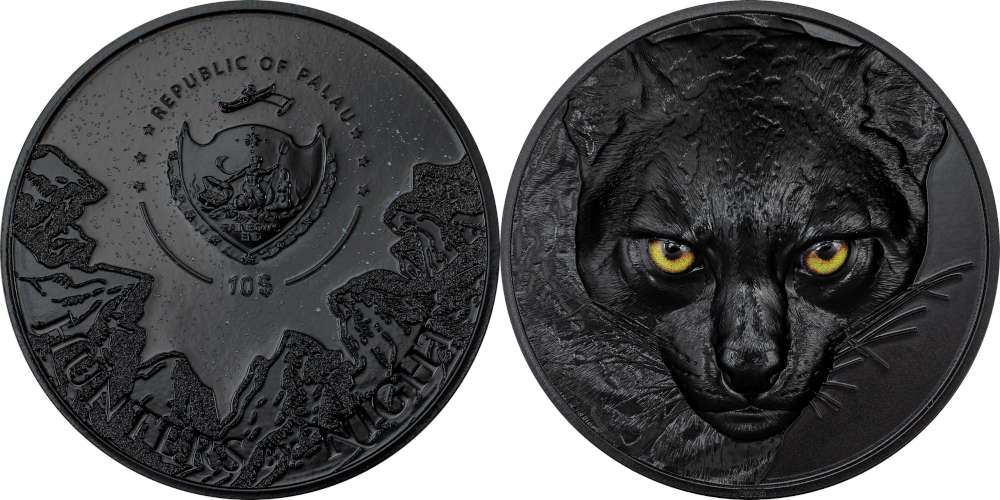New CIT Issue: Hunters by Night – Ocelot
CIT has been issuing its award-winning Hunters by Night series since 2020. It is based on a perfect combination of three techniques: thanks to sophisticated coloring on an ultra-high relief, the eyes of the nocturnal hunter stand out almost hypnotically from the Obsidian Black surface. This is also the case for the fifth issue of the series, which is dedicated to the ocelot.
Content
Description of the Coin
One side depicts the head of an ocelot from the front; on the rim the year 2024.
The other side features the coat of arms of Palau, above the name of the country, below the denomination in a starry sky framed by a mountain landscape on the bottom; on it the name of the series: HUNTERS BY NIGHT.
Background
The ocelot has many names. In Spanish, it is known as tigrillo, tigre chico (= little tiger) or manigordo (= fat hand). The English name ocelot comes from the Aztec language Nahuatl. It is a group name, referring to both the ocelot itself and its larger brother, the jaguar. Both animals play an important role in Aztec rituals. The god Quetzalcoatl, for example, wore ear-rings made from ocelot claws.
Native to the Americas, the animal is one of the smaller predators, growing to just under a meter in length. Despite their small size, ocelots are extremely dangerous hunters. They are solitary predators who will ruthlessly defend their territory against other members of their species. Ocelots can remain completely motionless for up to an hour in order to catch their prey off guard. As a result, the ocelot is known to be capable of killing animals larger than itself.
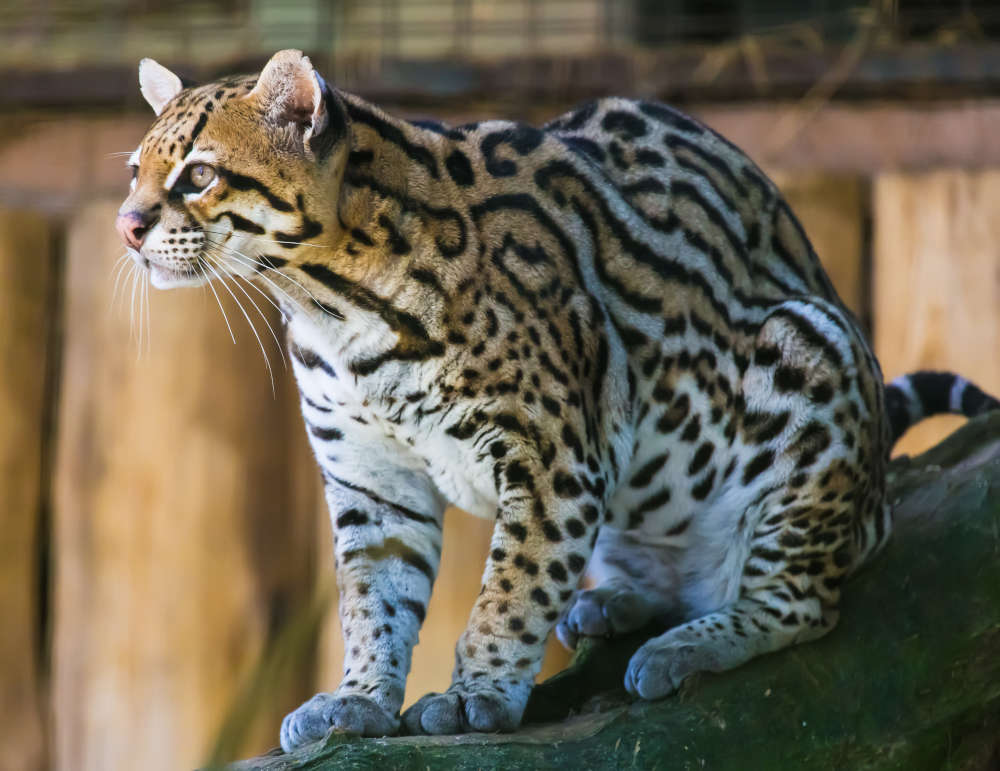
The ocelot is the largest and probably best-known representative of the pardel cat, a species restricted to the Americas. Photo: Joao Carlos Medau – Flickr via Wikimedia Commons / CC BY-SA 2.0.
Fortunately, the survival of this fierce hunter does not appear to be threatened at present. This is largely due to the fact that it is native to a very large area. Today, the ocelot is one of the most common felines in Central and South America. It is estimated that there are around 40,000 individuals in the rainforests of northern Brazil alone. This number is encouraging. After all, the ocelot was on the brink of extinction in the 1960s and 1970s. Its beautiful fur made it a favorite hunting prey. In 1990 a trade ban was imposed on all ocelot products. We can therefore hope that these elegant nocturnal hunters will continue to roam the world’s rainforests.
If you want to experience all three dimensions of this coin, you have to watch the corresponding film.
You are currently viewing a placeholder content from YouTube. To access the actual content, click the button below. Please note that doing so will share data with third-party providers.







